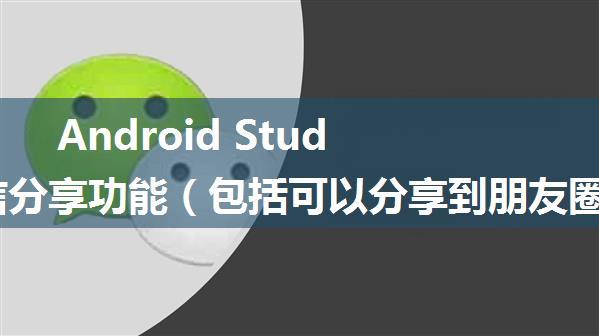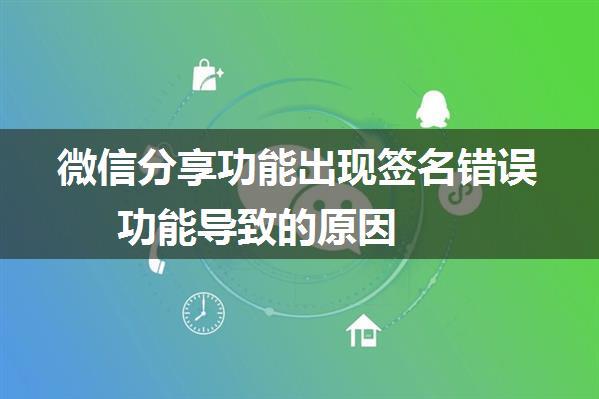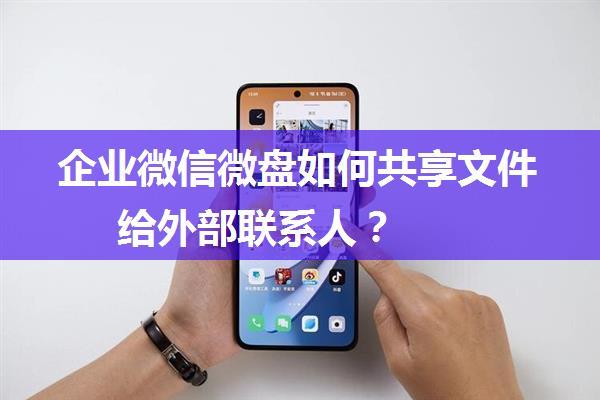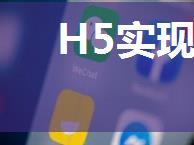
I'd be happy to help you with that! ??Android Studio 微信分享功能
As a developer, you may have encountered the need to integrate WeChat sharing functionality into your Android app. In this article, we will walk you through the process of setting up WeChat SDK in Android Studio and implementing the sharing feature.
Step1: Create a new project in Android Studio
To start, create a new project in Android Studio by selecting "File" > "New" > "New Project". Choose the "Empty Activity" template and name your project. Make sure to select the correct SDK version and target API level for your app.
Step2: Add WeChat SDK dependency
In your project's `build.gradle` file, add the following dependency:
```groovydependencies {
compile 'com.tencent.mm.opensdk:wechat-sdk-android-with-mta:+'
}
```
This will download the WeChat SDK and its dependencies. You can also use the following alternative dependency if you need to specify a specific version:
```groovydependencies {
compile 'com.tencent.mm.opensdk:wechat-sdk-android-with-mta:2.8.1.25'
}
```
Step3: Initialize WeChat SDK
In your app's `MainActivity`, initialize the WeChat SDK by calling the following method:
```javaimport com.tencent.mm.opensdk.openapi.IWXAPI;
import com.tencent.mm.opensdk.openapi.WXAPIFactory;
public class MainActivity extends AppCompatActivity {
private IWXAPI wxApi;
@Override protected void onCreate(Bundle savedInstanceState) {
super.onCreate(savedInstanceState);
setContentView(R.layout.activity_main);
// Initialize WeChat SDK wxApi = WXAPIFactory.createWXAPI(this, Constants.APP_ID);
}
}
```
In this example, we're using the `WXAPIFactory` class to create an instance of the `IWXAPI` interface. The `APP_ID` constant should be replaced with your actual WeChat app ID.
Step4: Implement sharing functionality
To implement the sharing feature, you'll need to create a new intent that will handle the sharing action. In this example, we'll create an intent that shares a text message:
```javapublic class MainActivity extends AppCompatActivity {
// ...
public void shareText(View view) {
Intent intent = new Intent(Intent.ACTION_SEND);
intent.setType("text/plain");
intent.putExtra(Intent.EXTRA_TEXT, "Hello from WeChat!");
intent.setPackage("com.tencent.mm");
try {
startActivity(intent);
} catch (ActivityNotFoundException e) {
Toast.makeText(this, "No sharing app found", Toast.LENGTH_SHORT).show();
}
}
}
```
In this example, we're creating an `Intent` object that will handle the sharing action. We set the intent type to `"text/plain"` and add a text message using the `EXTRA_TEXT` extra. Finally, we set the package name to `"com.tencent.mm"` which is the package name of the WeChat app.
Step5: Handle sharing result
To handle the sharing result, you'll need to override the `onActivityResult` method in your activity:
```javapublic class MainActivity extends AppCompatActivity {
// ...
@Override protected void onActivityResult(int requestCode, int resultCode, Intent data) {
super.onActivityResult(requestCode, resultCode, data);
if (requestCode ==1 && resultCode == RESULT_OK) {
Toast.makeText(this, "Sharing successful!", Toast.LENGTH_SHORT).show();
} else if (requestCode ==1 && resultCode == RESULT_CANCELED) {
Toast.makeText(this, "Sharing cancelled", Toast.LENGTH_SHORT).show();
}
}
}
```
In this example, we're checking the result code of the sharing intent. If the result is `RESULT_OK`, it means that the sharing was successful. If the result is `RESULT_CANCELED`, it means that the sharing was cancelled.
Step6: Test the sharing functionality
To test the sharing functionality, run your app on a physical device or emulator and click the "Share" button. You should see a list of available sharing apps, including WeChat. Select WeChat to share the text message.
That's it! With these steps, you've successfully implemented WeChat sharing functionality in your Android app using Android Studio.




